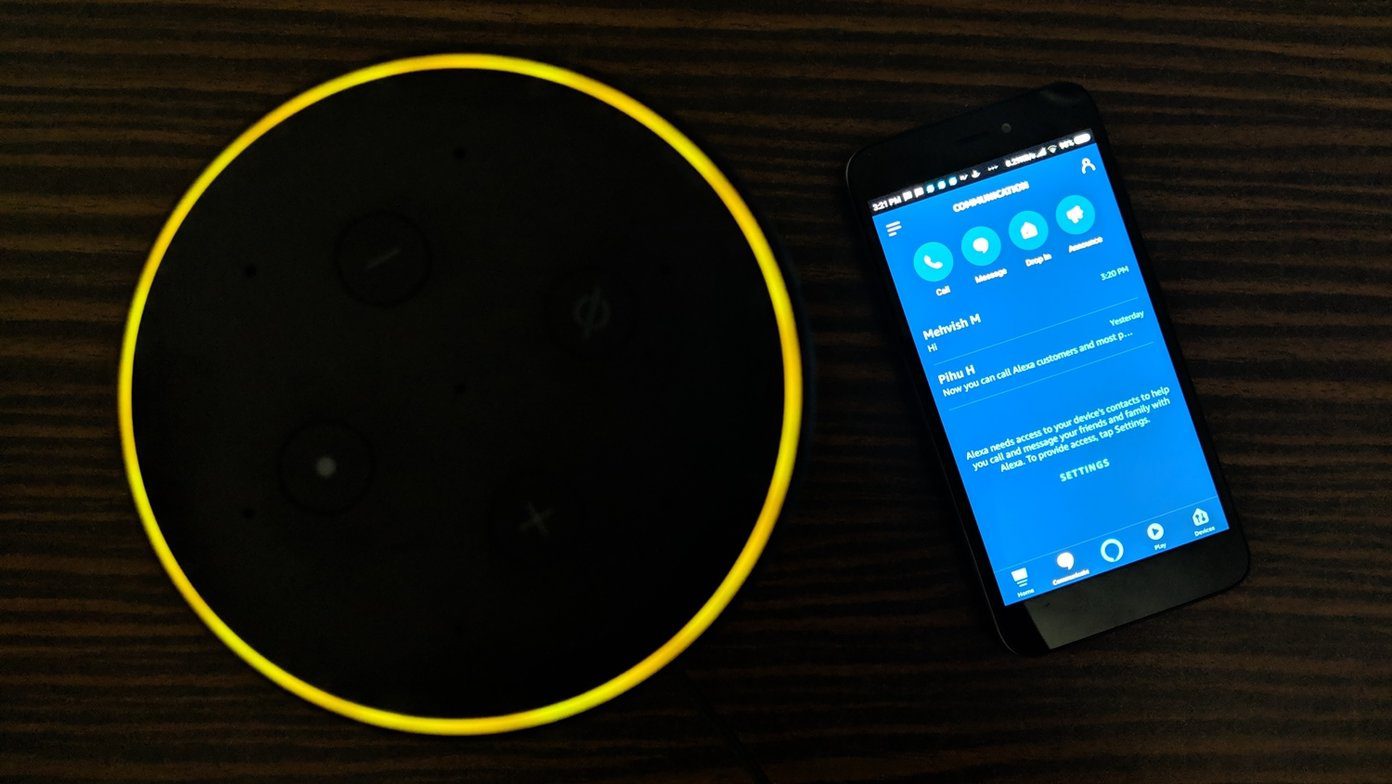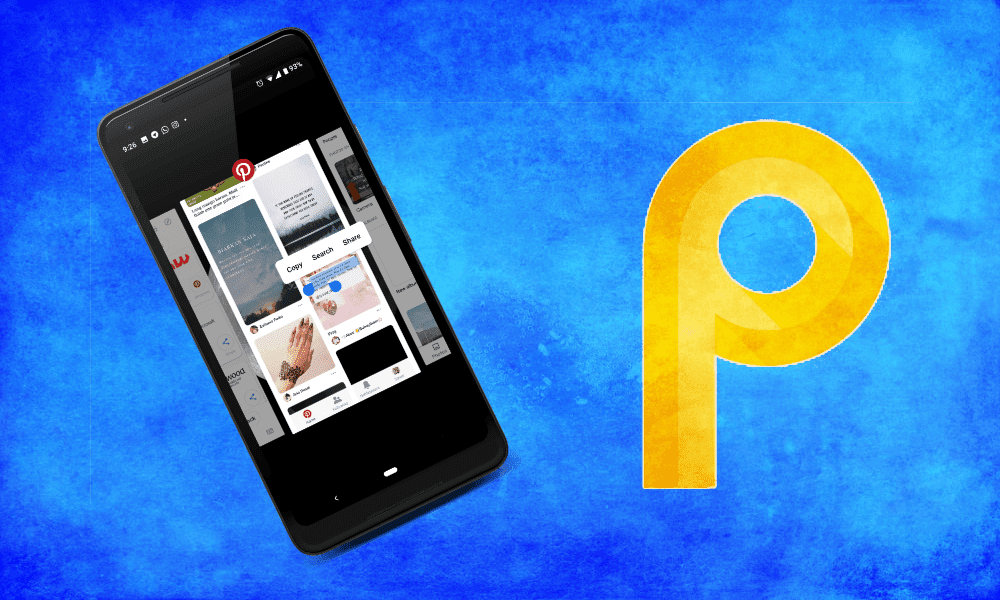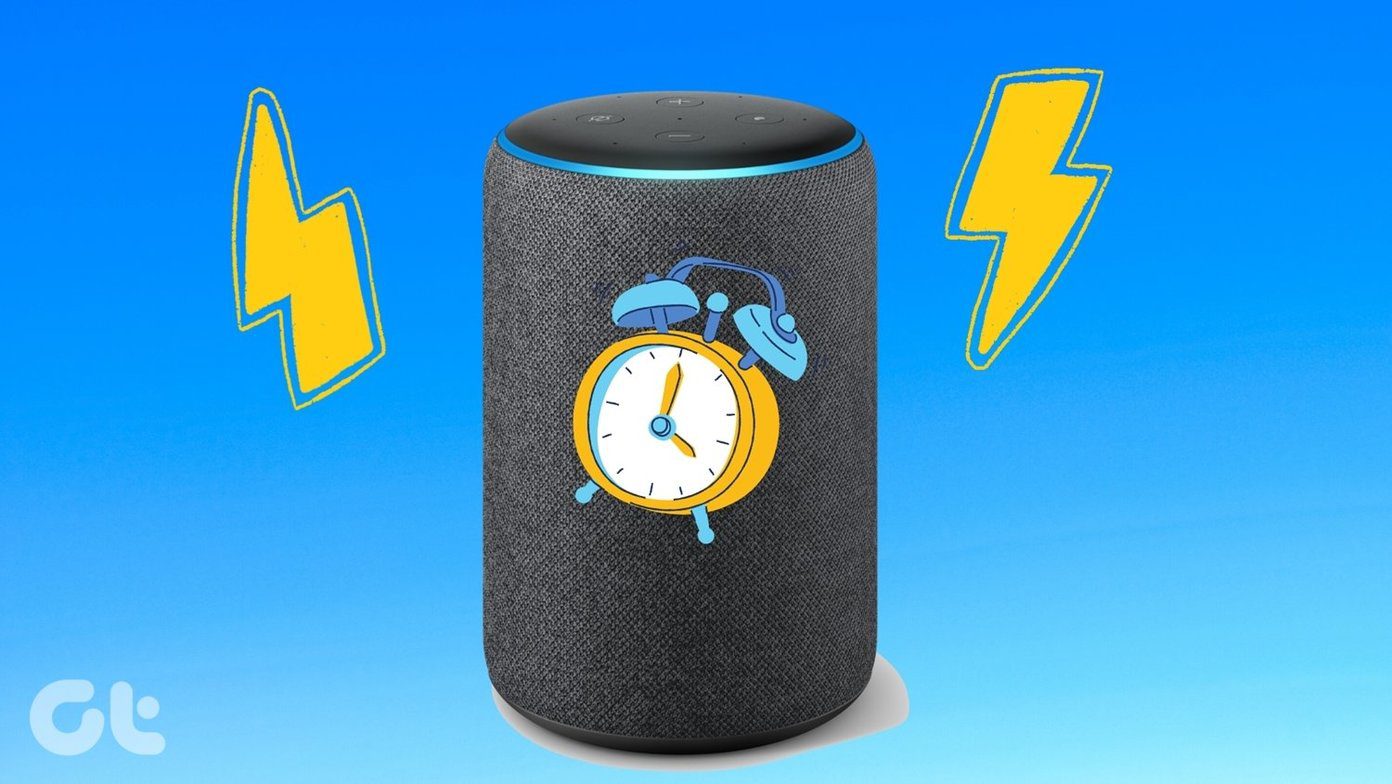A Brief Overview
The WPC is an open membership organization that maintains standards, and Qi is one of them. It’s much popular as it’s available on a number of mobile devices like Motorola, Samsung, HTC and Nokia phones. Qi makes use of magnetic induction to fuel a device. This requires that the device to be charged is placed physically on top of the charger. PMA also uses inductive charging to power its devices, however, the part where it differs from Qi is that it uses a different frequency than Qi, along with different connection protocols. PMA came to the spotlight when the leading coffee chain, Starbucks announced that it’ll incorporate PMA wireless charging — aka the Powermat– in the US.
How do They Work
Aforesaid, Qi wireless charging requires the device to be in physical contact. Qi works by using resonant inductive between the station and the device. When a device is placed in a station, a ping is sent from the station to the device to check if it’s a Qi enabled phone. Once that’s established, the station again determines the Qi standard by determining the power speed. Once these ‘formalities’ are completed, the charging starts through induction. Qi is a much older technology and the best part of Qi are the universal Qi charging modules. These modules can be installed behind the battery of a phone and make it Qi compatible. PMA utilizes the same inductive charging technology, albeit in a different frequency (as mentioned above). The much popular Powermat utilizes this technology to charge through its devices. In the year 2014, PMA entered into an alliance with the Alliance for Wireless Power (A4WP), and have since started working on magnetic resonance.
Drawbacks
The science behind magnetic induction requires to that both the sender and receiver needs to stay in close contact — the distance between 45 mm to 4 cm. And in this process, the sender and receiver also need to be perfectly aligned to get charged. So, from time to time, it can prove to be quite a bummer.
Products
Wireless technology is not new, but it gained popularity with the introduction of electric toothbrushes and wireless shavers. The spectrum of wireless products is much wider these days. You can get anything from wireless desk lamps to automobiles like the charging pad in the Lexus NX. The popular furniture chain, IKEA even has a range of desk lamps with built-in charging ports, so that you can charge your phones in the most convenient way, without the cables being a sour sight. And as far as the mobile industry is concerned, not many devices sport this technology, but a few notable ones include the Samsung S7, S7 Edge, Microsoft Lumia 1520, 1020 among others.
Is Wireless Charging Safe?
Since wireless charging emits electromagnetic radiation, much have been speculated on its side effects. But the good news is that this wireless charging emits almost insignificant amounts of it. And it’s further reduced as they are shielded by the coils of the sender and receiver.
What does the Future Hold?
In recent times, the wireless technology industry has evolved greatly. Where previously, a phone used to take around 3-4 hours to fully charge it has now reduced to less than an hour. Besides, the output of 5 wattages has also steadily increased to 15. While Qi is still a leader as it controls a chunk of the wireless industry — approx 900 products — PMA/Airfuel isn’t far behind. With the introduction of Powermats in coffee chains, airports and mobile carriers like AT&T, it seems it’s going to be an interesting competition. And with the introduction of wireless charging in the all new Samsung Galaxy S8, which supports both the Qi and PMA standard, the future does look great. As rumor continue to grow that Apple will be introducing wireless charging in its devices soon, the question is which standard will it adopt. The above article may contain affiliate links which help support Guiding Tech. However, it does not affect our editorial integrity. The content remains unbiased and authentic.













